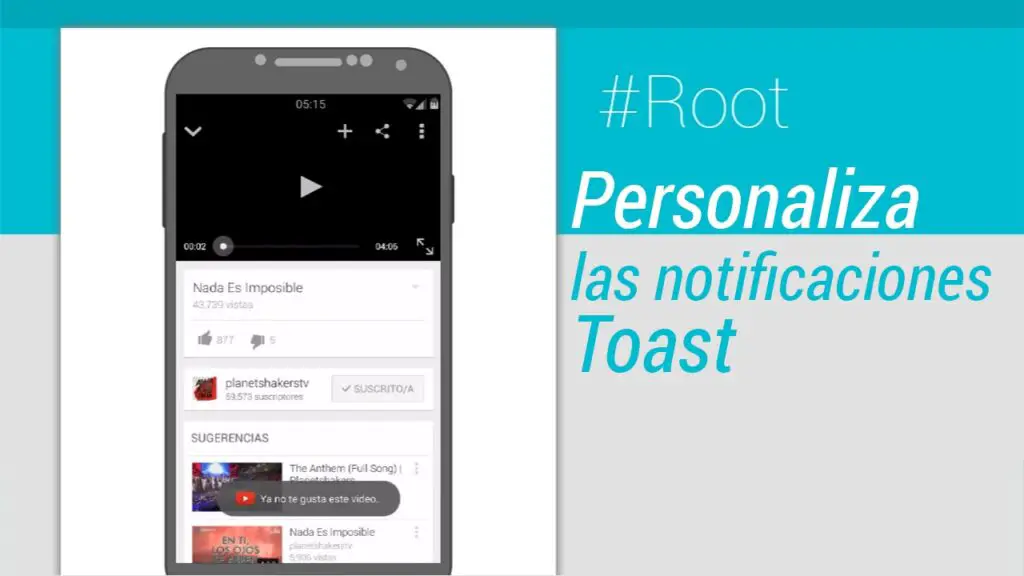
React-hot-toast
Note that onCancelled() only works well from Android 3.0 onwards (in previous versions it does not enter this method). It is important to know it and know how to handle it, because it is a good practice for error handling and to differentiate application states (especially to warn the user with a popup window that the process has been canceled, for example).
And finally, what everyone was waiting for: the shiny working code of a complete sample application. With progress bar determined, down to how it handles when doInBackground() is cancelled.
Let’s assume that we want to download some images from the Internet (we won’t actually download them, but simulate the download by pausing the secondary thread a bit), while the user can do something else, such as press a button and have a message appear (this would be impossible without threads, as you may have gathered from the clues in the previous article).
Immediately upon completion of the download we will make the text turn green. Apart from changing what it tells us, that if you notice it says «MAIN Thread» all the time and this is because the text changes only in the main thread.
React toastify remove toast
After the previous article where we introduced the concept of Firebase and explained what our task was going to be we start today with the implementation. Today we will focus on authentication for the Android project of our Xamarin.Forms application.
When using a PCL project we will make use of dependency injection, if you want to read more about it you can do it in the following link: https://javiersuarezruiz.wordpress.com/2015/06/30/xamarin-forms-utilizando-dependencyservice/
I hope this tutorial is to your liking and remember that you can download the current state of the project from the following Github link: https://github.com/jamontes79/xamarin-forms-firebase-sample/tree/e5eb4e032be2a24d550e8bf5635f4e8a285a5fe7
React-toastify not showing
}Editing our layout and creating a cellThe main layout will be the container of the RecyclerView, but then to inflate it we will have to create an adapter (we will talk about it a little bit more below) and a cell that will be the one that will show each of the rows of the list. activity_main.xml<?xml version=»1.0″ encoding=»utf-8″?>
</RelativeLayout>If I’m not mistaken all the attributes above we have already seen except the «tools:text» the tools function what it does is help us to see something in a simpler way. Here for example it is putting a text to be able to be able to go laying out better the view, but when it compiles the application, that text will not be, so we could say that it is a mold. If you have any other doubt you can leave a comment.Now we are going to create a superhero model of which we will make several lists to load in the recyclerview, as this is already done in the previous chapter I am only going to leave the class here so that you copy it.data class Superhero(
)Creating our superhero objects We go back to MainActivity.kt and we are going to create two functions, one that will configure our recyclerview with the adapter and another one that will generate the list of superhero objects.class MainActivity : AppCompatActivity() {
How to use toast react
Room database: Simplifies database work and serves as an access point to the underlying SQLite database (hides SQLiteOpenHelper)). The Room database uses the DAO to send queries to the SQLite database.
In order for the Word class to be meaningful to a Room database, you must create an association between the class and the database using Kotlin annotations. Use specific annotations to identify how each part of this class relates to a database entry. Room uses this additional information to generate code.
Room has support for Kotlin corroutines. This allows your queries to be annotated with the suspend modifier and then called from a corroutine or other suspend function.
To observe changes in the data, you will use a kotlinx-coroutines stream. Use a sample value of type Flow in the method description and Room will generate all the code needed to update Flow when the database is updated.
